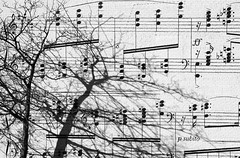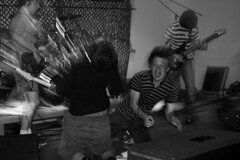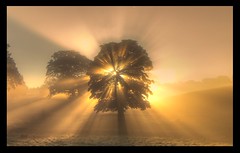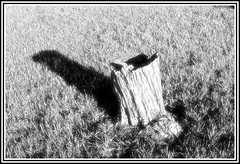- core tool of skepticism: how to see through information obfuscation
- what Tufte teaches about analytical design: Good displays of data help to reveal knowledge relevant to understanding mechanism, process and dynamics, cause and effect. We see the unthinkable and think the unseeable
- Clear and precise seeing becomes as one with clear and precise thinking.
- the Feynman-Tufte Principle: a visual display of data should be simple enough to fit on the side of a van - Simple design, intense content
What stands out for me is our tendency to simplify complexity in order to understand. Using Diagrams, Web Interfaces, Lists, Theories (Grand Unified Theory or TOE, String Theory), Math and Symbolisms, Metaphors, Analogies and Parables - it is proven time and time again that the most effective method to understand our universe is simplification. Why is this so?
Why is it that we dont "complexify" things in order to make them more understandable? To me, this is a pattern worth noticing, so relevant to our era that I must give it a name: The Simplelarity Principle.
The word - Simplelarity (simple-larity) stems from my observation that the tendency of Intelligence towards "Simplification" runs counter to the Singularity. In Vinge's and Kurzweil's terms, the Singularity is defined as the point where machines surpasses human intelligence and everything becomes unpredictable (think post-event horizon). Well, unpredictability means chaos and complexity. On the other hand, Simplelarity simply means that when machines, and/or humans become super-smart, everything about the universe would have been simplified via Mental Models or Tools to make everything understandable and predictable. Higher Intelligences must be able to simplify things better, not make a mess, right?
Brains and Minds use tools and mental models to simplify and make sense of the world. If we all become more intelligent and better at simplifying things, just as the Feynman-Tufte Principle example shows, then the world will 'become' a much simpler and better place, more understandable and easier to manage.
Hence we would never cross the 'Event Horizon', rather, we will just stay on the 'Prevent Horizon'. Simplelarity is Bliss.

















